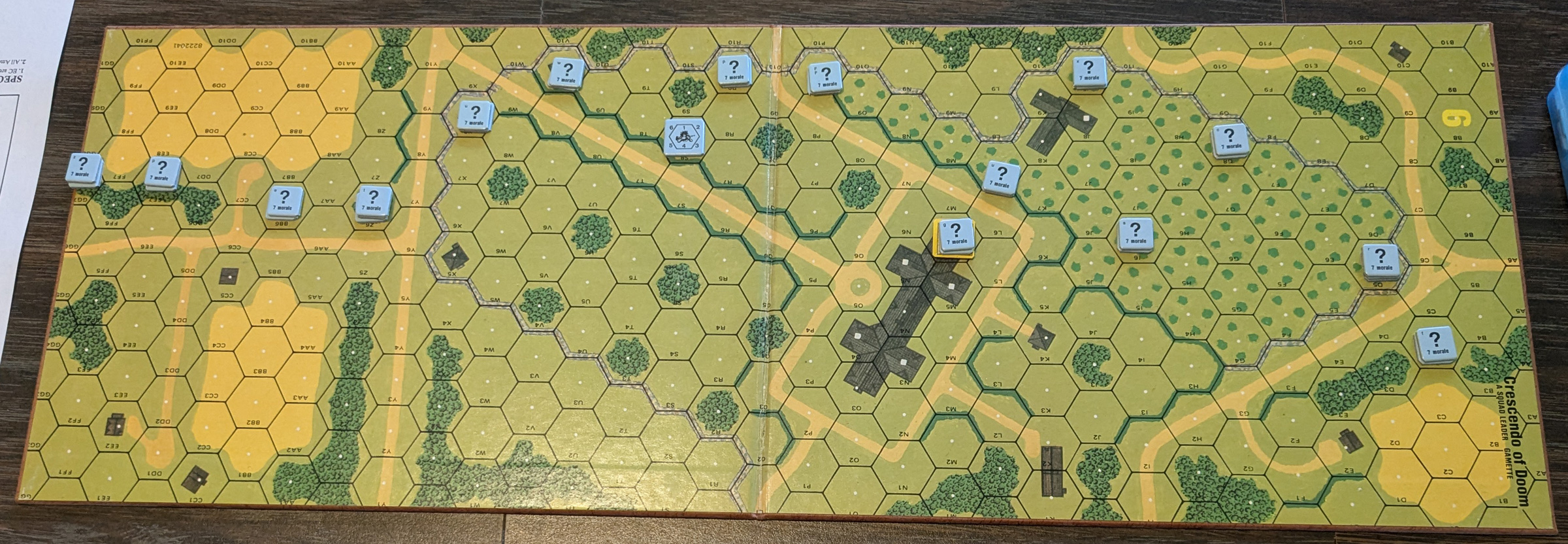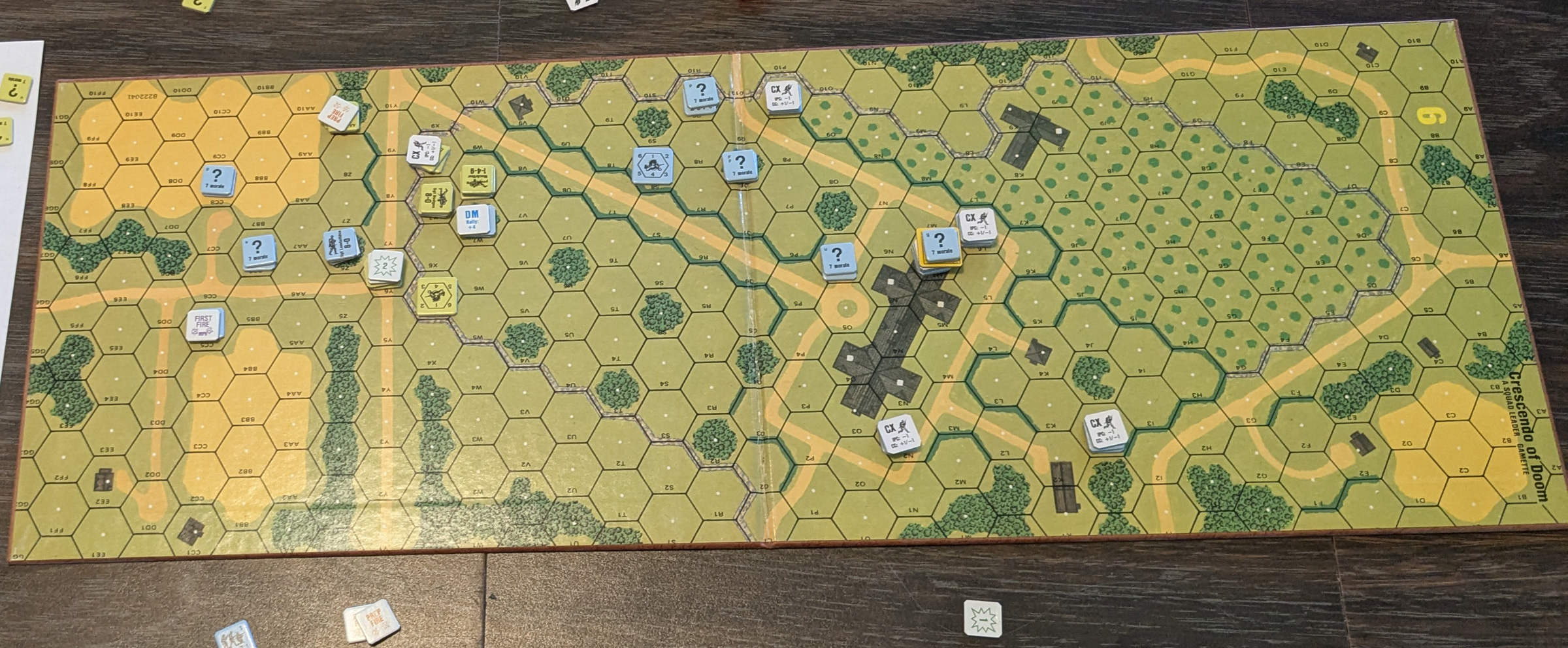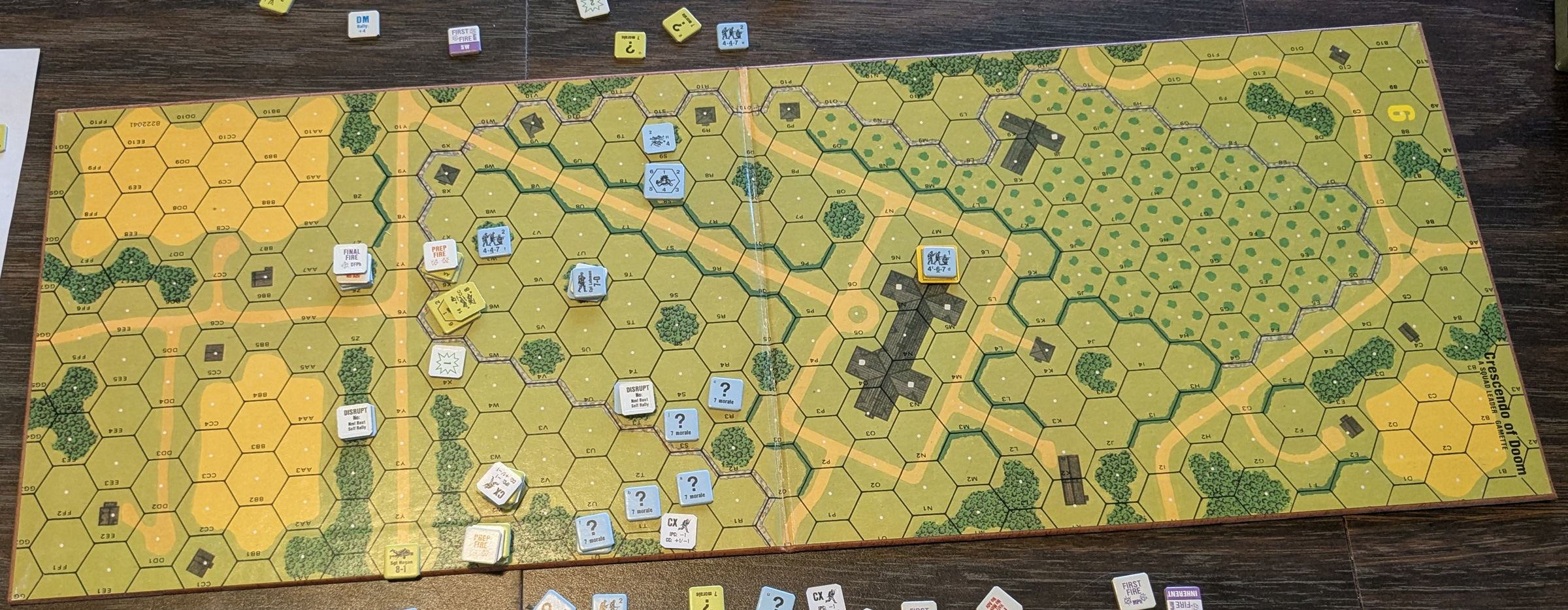This is the fourteenth in a series of reviews looking at the evolution of Europa Universalis IV. See the previous reviews here:
Europa Universalis IV: A Fantastic Point of View
Wealth of Nations: National Trade
Res Publica: A Tradition of the People
Art of War: Reform-Minded Patch
El Dorado: Expansion of Gold
Common Sense: Uncommon Changes
The Cossacks: Cossack Estate
Mare Nostrum: Paradox’s Sea
Rights of Man: Institutions of Man
Mandate of Heaven: Mandated Ages
Third Rome: First Moscow
Cradle of Civilization: Immersive Cradle
Rule Britannia: Europa Rule the Waves
:strip_icc()/pic8814159.jpg) The next major expansion for Europa Universalis IV reworked governments, and also acted as an immersion pack around India. Dharma was announced on May 19, 2018, and was released with patch 1.26 on September 6. Clean-up patch 1.27 was released on October 1st, and rebalanced a lot of items as well as adding new mission trees.
The next major expansion for Europa Universalis IV reworked governments, and also acted as an immersion pack around India. Dharma was announced on May 19, 2018, and was released with patch 1.26 on September 6. Clean-up patch 1.27 was released on October 1st, and rebalanced a lot of items as well as adding new mission trees.
Reforms
:strip_icc()/pic8814161.jpg) The big feature for the patch and expansion was a rework of government types. This was one of the systems still largely the same as in EU III; there are monarchic, republic, and theocratic governments, and new, largely better, government forms within those types become available throughout the game. There’s also a set of tribal governments for more nomadic societies that can feed into the first three forms if they start settling down enough.
The big feature for the patch and expansion was a rework of government types. This was one of the systems still largely the same as in EU III; there are monarchic, republic, and theocratic governments, and new, largely better, government forms within those types become available throughout the game. There’s also a set of tribal governments for more nomadic societies that can feed into the first three forms if they start settling down enough.
But EU IV’s expansions started adding “unique” government types for a lot of major countries. Generally, you can’t trade into or out of these types, so those countries ignore the entire government system of the game, and start with bonuses equivalent to a fairly late-game type, and have extra mechanics. This meant that nearly every expansion made a base long-term mechanic less important, and something needed to be done. (By my count, there were twenty-one different unique government types at this point.)
The new system boils everything back down to the main three types again (plus tribal and native—the latter only used with Conquest of Paradise), and you pass reforms during the game. These add new bonuses or abilities, and the unique government types are now just reforms only available to certain countries (and with the appropriate expansion). These are grouped into tiers (five to thirteen of them depending on the base government type), and you can only have one reform per tier, and need to go through them in order, though you can go back and change the reform of an earlier tier. Once every level of reform has been applied, you can then shift into a different government form, which is how tribal governments settle down in the new system.
Generally, a nation gets 10 reform progress points a year (modified by the average autonomy in the nation, as well as other influences), and a reform costs 60 plus 40 times the tier number (i.e., 100, 140, 180…), with changing an old one costing 50 points (or if you no longer qualify for a reform you took—say, because you changed religions—you can switch for free). Generally speaking, there are two to five different reforms available at each tier, with additional ones (mostly level 1 reforms replacing the old unique governments) tied to culture or specific countries.
At first, all this was only available with the expansion, but it was incorporated into the base game as of patch 1.30. Frankly, this was way too important to ever be an expansion-only feature. Changing the old government types cost a nasty hit in stability, which made switching something to avoid, but here it is a much more useful secondary system, and doesn’t lock you out just because you’re playing as a country an expansion has played with.
India
Outside the new governments, the focus of the patch was India. As usual, this meant splitting off more provinces (more than 100 were added), and adding new nations to the area.
The coast of southern India was split up more specifically to allow easier access to European footholds there, from more nations. In the north-east, Gurjat was broken up into a number of smaller countries (it represented a host of small tribal principalities), vassalized to Orissa, giving them access to a number of allied one-province-minor countries in its wars. The trade network was also redone so that Europe could pull value out towards the west easier.
Similarly, Burma was further detailed, getting a new inland trade node, and six new at-start countries. Two new wastelands were set up around Tibet to control access around that area.
Of course the expansion also comes with twelve different unique mission trees (introduced last time with Rule Britannia), while the generic (and free) Indian and Tibetan mission trees were reworked. The patch also included four new unique Russian mission trees for those who have Third Rome.
Policies
National policies had been introduced back in patch 1.6, but while there were some good bonuses to be had (and some not-so-good ones), they cost one monarch point per month to be active, so I imagine I was not the only one to avoid using them. Also, they were hidden away in the interface, and easy to miss.
Now they got a better display as part of the tab that decisions were moved to in the previous expansion, and the mechanics overhauled. Before, you could have any set of up to five policies active; now you can have up to three from any particular category (admin, diplomacy, military—based on what kind of points they cost), and therefore up to nine active.
However, the first policy in each category is now free, and only the second and third ones will cost points. However, Dharma includes a few options to upgrade this. With the expansion, Holy Roman traditions include +1 possible policy per type (allowing twelve total, but this does require being the HRE, and not just the emperor), four late-game government reforms each allow an extra policy, and there’s six reforms and a number of traditions that increase the number of free policies. Without Dharma, these all default to other bonuses.
This all came with an extensive rework of the bonuses given by policies, and is a nice rework of the system. Being able to get some for free makes it open for anyone, and the new interface reminds you they exist.
Charter Bus
:strip_icc()/pic8814160.jpg) The trade company concept from Wealth of Nations was brushed up for the expansion. First off, you can ‘charter’ a trade company, with a new diplomatic action to buy a province from another country in a trade region. Cost depends on development (so, poor areas are cheaper), and the colonial range of the purchaser compared to actual distance (this means that this gets cheaper later in the game as colonial ranges increase). Otherwise, they seem to be the same as before, with all provinces in a region that has a trade company active, but is not part of it, getting a boost to their goods production, which will give a nice increase to their income.
The trade company concept from Wealth of Nations was brushed up for the expansion. First off, you can ‘charter’ a trade company, with a new diplomatic action to buy a province from another country in a trade region. Cost depends on development (so, poor areas are cheaper), and the colonial range of the purchaser compared to actual distance (this means that this gets cheaper later in the game as colonial ranges increase). Otherwise, they seem to be the same as before, with all provinces in a region that has a trade company active, but is not part of it, getting a boost to their goods production, which will give a nice increase to their income.
Additionally, trade gets a bit more dynamic with Dharma. Many provinces have bonuses to trade, giving the country that owns them more trade power in their trade node. These were reorganized into three explicit tiers or levels, with an increasing variety of other bonuses (including development and institution spread) to their owners. Without Dharma, these levels are fixed, but with it, they will drop one level (to a minimum of 1) each time they change hands, but can also be boosted by spending (a lot of) money.
The expansion also adds a new type of diplomatic insult, which costs prestige, but makes all enemies of the target like you better, in addition to worsening relations with the target. Also, the messages from the action have actual insults in them instead of a very generic notification.
An interesting expansion feature is that you can now assign colonists to existing province, in an effort to increase development there. You still have to pay the equivalent of the colonial cost, and its pure random chance (modified by all the normal development cost modifiers), but a country that gets some colonists… and then runs of of places to colonize now has something to do with them, instead of just regretting past choices (or starting over with an all-new idea set).
Poland
The patch cycle for Dharma included a second major patch to round up old and new bugs, and spend some time further detailing Poland.
This added new event chains, a new unique governments for Venice and the Mongol Empire (which was a new formable nation; it takes a lot of work to get at it), a couple new reforms for Indian governments, and four new mission trees.
The two Romanian nations (Wallachia and Moldavia) got map updates, and one of the mission trees, focused on building a coalition against the Ottomans.
Conclusion
Along with everything else, patch 1.26 moved estates from The Cossacks to the main game. They would get a more serious rework in the future (though as of this patch they no longer demand a share of the land you conquer, making them much more ignorable for a new player), but right now the main thing is Dharma included a fair number of extra estates for Indian countries.
With government reforms as part of the expansion, I’d rate this a ‘must get’, because the change was so desperately needed. Now that it is deservedly in the main game, the main general content is the bonuses to policies, which is a good feature, though still a mid- to late-game one. Similarly, using colonists for development is largely a late-game feature (but an interesting one), though if Expansion Ideas look good other than an initial colonist you won’t use, it could be handy early on. Similarly, the revised trade centers are interesting, though I don’t generally play the trade game enough to immediately notice it.
If you don’t have Wealth of Nations, this will give you charter trade companies, which is good for those seeking to see more European influence in Asia. And of course, the extra mission trees for India should be a big draw for anyone interested in playing in the area. India is actually a fairly interesting area to deal with and has its own mix of powers to navigate, and should be tried out by anyone who plays plenty of the game.
As ever, the biggest part for me is the free patch map changes, and I always appreciate the extra historicity they provide with finer detail and lots of new countries. 1.27 also tightened up institutions a bit (most notably, global trade was slowed down from some buildings having a double bonus), which was needed, as the initial version was a bit too easy to deal with.
 I picked this book up mostly for the reproductions of a series of sketches of the California Missions. In 1856 they were already largely abandoned, and would soon decay into a ruined state (and by the text, this had already stared), but it’s a great resource so show what they had been like.
I picked this book up mostly for the reproductions of a series of sketches of the California Missions. In 1856 they were already largely abandoned, and would soon decay into a ruined state (and by the text, this had already stared), but it’s a great resource so show what they had been like.





:strip_icc()/pic8814159.jpg)
:strip_icc()/pic8814161.jpg)
:strip_icc()/pic8814160.jpg)